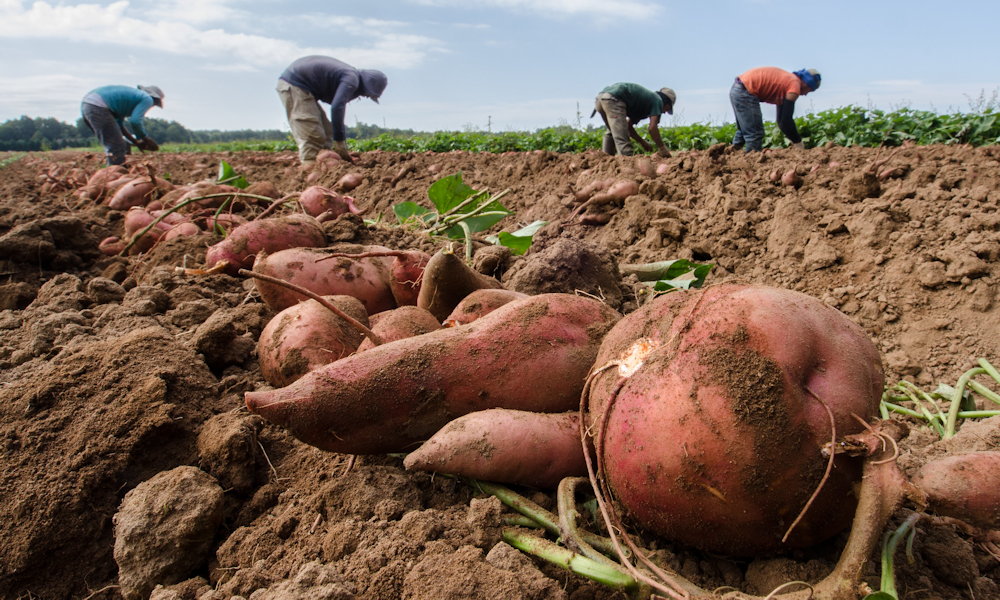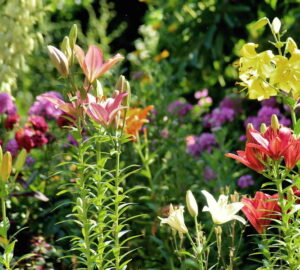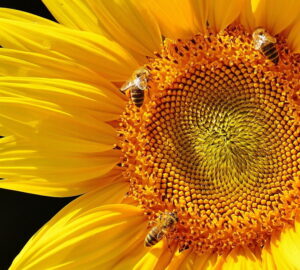Whether you’re a seasoned gardener or just getting your hands dirty, you’ve probably heard of “USDA zones.” But what does this term really mean, and why is it so crucial to your gardening success? In this article, we’ll break down the basics of USDA zones, their history, how they apply to regions outside the United States, and share some fascinating facts along the way.
What Are USDA Zones?
The USDA Hardiness Zones are a guide created by the United States Department of Agriculture to help gardeners understand which plants are most likely to thrive in their region based on minimum winter temperatures. These zones are divided into 13 categories, with Zone 1 being the coldest and Zone 13 the warmest. Each zone is based on the average annual minimum winter temperature, and they are further divided into subcategories (e.g., 5a, 5b) for even more specificity.
Knowing your USDA zone helps you choose plants that are suited to your climate, minimizing the risk of plant loss due to temperature extremes.
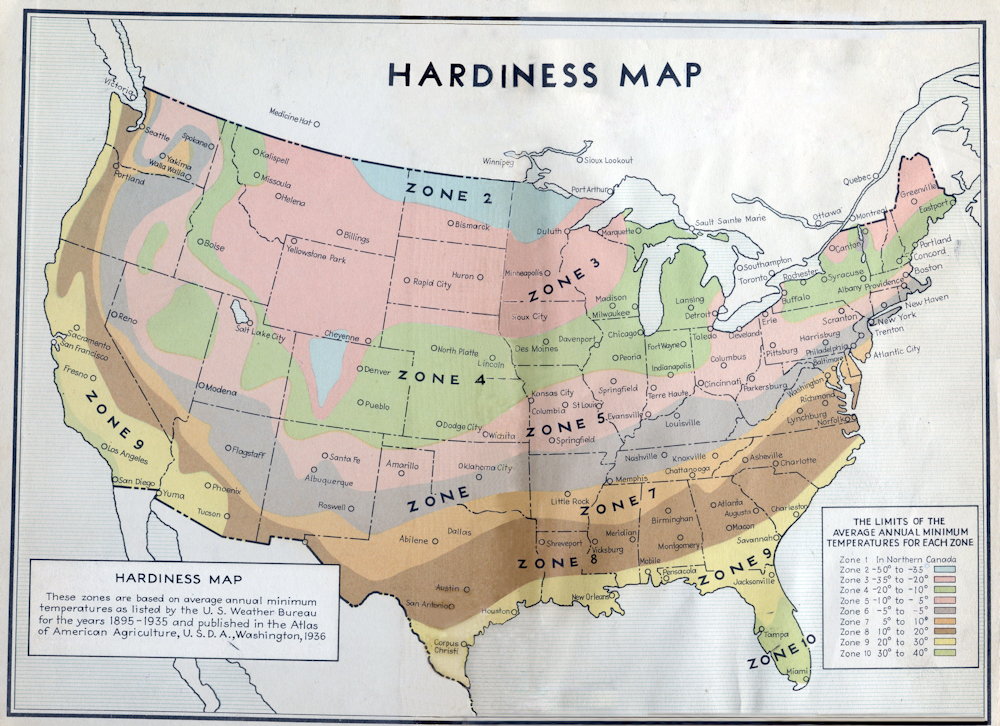
A Brief History of USDA Zones
The concept of USDA zones dates back to 1927, when Dr. Alfred Rehder of the Arnold Arboretum created the first plant hardiness map. This was followed by Donald Wyman’s 1938 redesign, which used data from the 1936 Atlas of American Agriculture and became the prototype for future maps. The U.S. Department of Agriculture (USDA) produced its first official map in 1960, based on Wyman’s format. Since then, the USDA map has been updated multiple times to reflect changing climate patterns and improved data collection methods, helping gardeners and farmers understand which plants can survive winter conditions in their regions.


Overview of All USDA Plant Hardiness Zones
The temperature ranges in the USDA Plant Hardiness Zones refer to the average annual minimum winter temperatures for each zone. These zones help gardeners understand which plants are suitable for their local climate, especially in terms of cold tolerance. It’s important to note that the zones are based on long-term averages and may not account for sudden extreme weather events.
Zone 1
- Temperature Range: Below -60°F (-51°C)
- Characteristics: Extreme cold, suitable only for the toughest plants like certain alpine and tundra species. Found in northern Alaska.
Zone 2
- Temperature Range: -50°F to -40°F (-45°C to -40°C)
- Characteristics: Similar to Zone 1 but slightly milder, covering parts of Alaska and northern Canada.
Zone 3
- Temperature Range: -40°F to -30°F (-40°C to -34°C)
- Characteristics: Very cold winters; hardy plants like evergreens and cold-tolerant perennials thrive. Found in parts of the northern U.S. and Canada.
Zone 4
- Temperature Range: -30°F to -20°F (-34°C to -29°C)
- Characteristics: Cold-hardy shrubs and perennials do well here, including areas like the northern Midwest.
Zone 5
- Temperature Range: -20°F to -10°F (-29°C to -23°C)
- Characteristics: Common in the central U.S.; suitable for a variety of hardy plants, including roses and ornamental grasses.
Zone 6
- Temperature Range: -10°F to 0°F (-23°C to -18°C)
- Characteristics: Covers much of the U.S.; allows for growing a broad range of plants, including many fruit trees.
Zone 7
- Temperature Range: 0°F to 10°F (-18°C to -12°C)
- Characteristics: Milder winters found in the southern and coastal U.S., perfect for a variety of perennials and shrubs.
Zone 8
- Temperature Range: 10°F to 20°F (-12°C to -6°C)
- Characteristics: Found in the southeastern U.S. and Pacific Northwest, supporting a range of plants from roses to many herbs and vegetables.
Zone 9
- Temperature Range: 20°F to 30°F (-6°C to -1°C)
- Characteristics: Warmer climates such as southern California and Florida, suitable for subtropical plants like citrus and palms.
Zone 10
- Temperature Range: 30°F to 40°F (-1°C to 4°C)
- Characteristics: Tropical and subtropical plants flourish here, covering southern Florida and parts of southern California.
Zone 11
- Temperature Range: 40°F to 50°F (4°C to 10°C)
- Characteristics: Tropical climates, including Hawaii and Puerto Rico, where tropical plants grow year-round.
Zone 12
- Temperature Range: 50°F to 60°F (10°C to 16°C)
- Characteristics: Tropical areas with warm year-round temperatures, supporting a wide variety of tropical flora.
Zone 13
- Temperature Range: 60°F to 70°F (16°C to 21°C)
- Characteristics: Found in the warmest regions, such as the tropics, suitable for truly heat-loving tropical plants.
Can USDA Zones Be Applied Outside the U.S.?
While the USDA zones are designed for the United States, their concept can be adapted to other regions, including Europe, Asia, and Australia. Many countries have developed their own versions of hardiness maps using similar principles, but it’s important to remember that factors like rainfall, humidity, and soil type also play a major role in plant survival, which may not be captured by the USDA zones alone.
For instance, parts of Europe are mapped onto USDA zones for reference, but local growing conditions often demand a more nuanced approach to gardening success.

Recent Modifications to the USDA Zones
The USDA Plant Hardiness Zones were last updated in 2012, with significant advancements in accuracy. This update utilized temperature data from a 30-year period between 1976 and 2005, replacing the older version that was based on data from just 13 years. The new map reflects rising temperatures and included more sophisticated mapping methods, such as factoring in elevation and proximity to large water bodies. Many areas shifted to a warmer zone, a trend influenced by climate change. This has led to changes in plant selection, as certain plants that once thrived in specific regions may no longer be suitable.
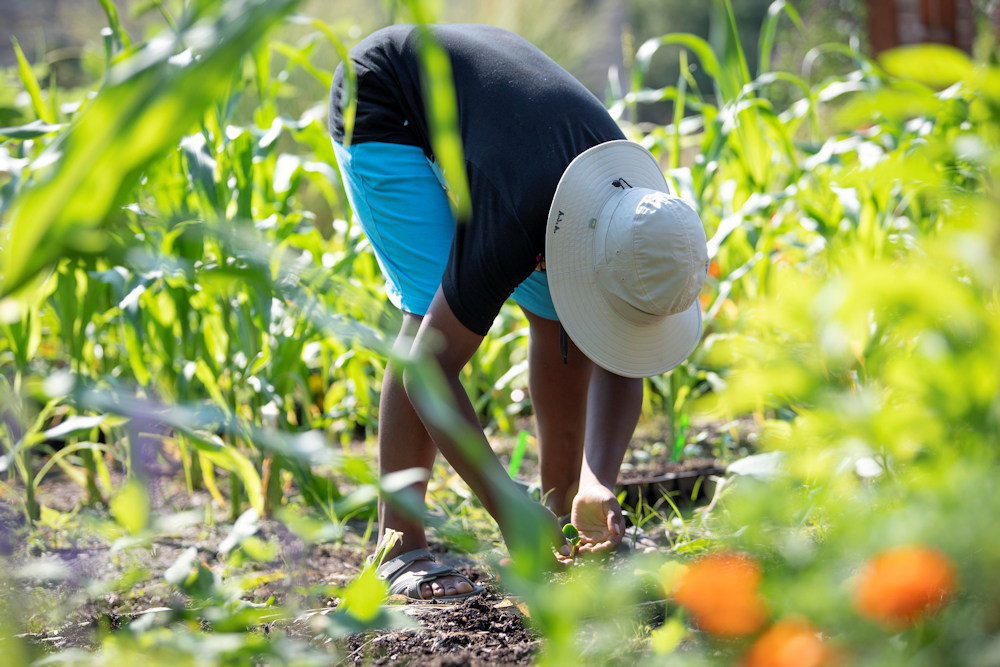
7 Fascinating Facts About USDA Zones
- The Coldest Zone is in Alaska: USDA Zone 1, with winter lows of -60°F (-51°C) or below, is found in parts of Alaska.
- Hawaii Has the Warmest Zone: At the other end of the scale, Hawaii hosts Zone 13, where winter temperatures don’t drop below 60°F (16°C).
- Microclimates Matter: Even within a zone, local microclimates (such as urban heat islands or shaded areas) can affect plant survival.
- First Nationwide Hardiness Map in the World: The USDA hardiness zone map was the first of its kind, influencing other countries to create their own versions.
- Zones Change with Elevation: Higher altitudes in a single geographic area can often be assigned a cooler zone, even if the region as a whole falls within a warmer zone.
- A Tool for Global Warming Awareness: Changes in USDA zones are being used as evidence of global climate change, as more areas shift to warmer zones.
- Beyond Plants: USDA zones are not just for garden plants – commercial agriculture, landscaping, and even forestry industries use these guidelines to determine the best species for certain climates.
Final Thoughts: Why USDA Zones Matter to Gardeners Everywhere
Understanding USDA zones is essential for selecting plants that will thrive in your region’s climate. While these zones provide a helpful guideline, they are not the be-all and end-all of gardening success. Always consider other environmental factors like rainfall, soil, and local weather patterns when planning your garden. By knowing your zone and adapting your plant choices accordingly, you can ensure a healthier, more resilient garden.
This comprehensive guide to USDA zones should give you a clearer picture of what they mean and how to use them effectively. Gardening may always involve a bit of trial and error, but with the right knowledge, you can stack the odds in your favor.
For more information and the latest USDA Hardiness Zone Map, visit the official website at planthardiness.ars.usda.gov.



